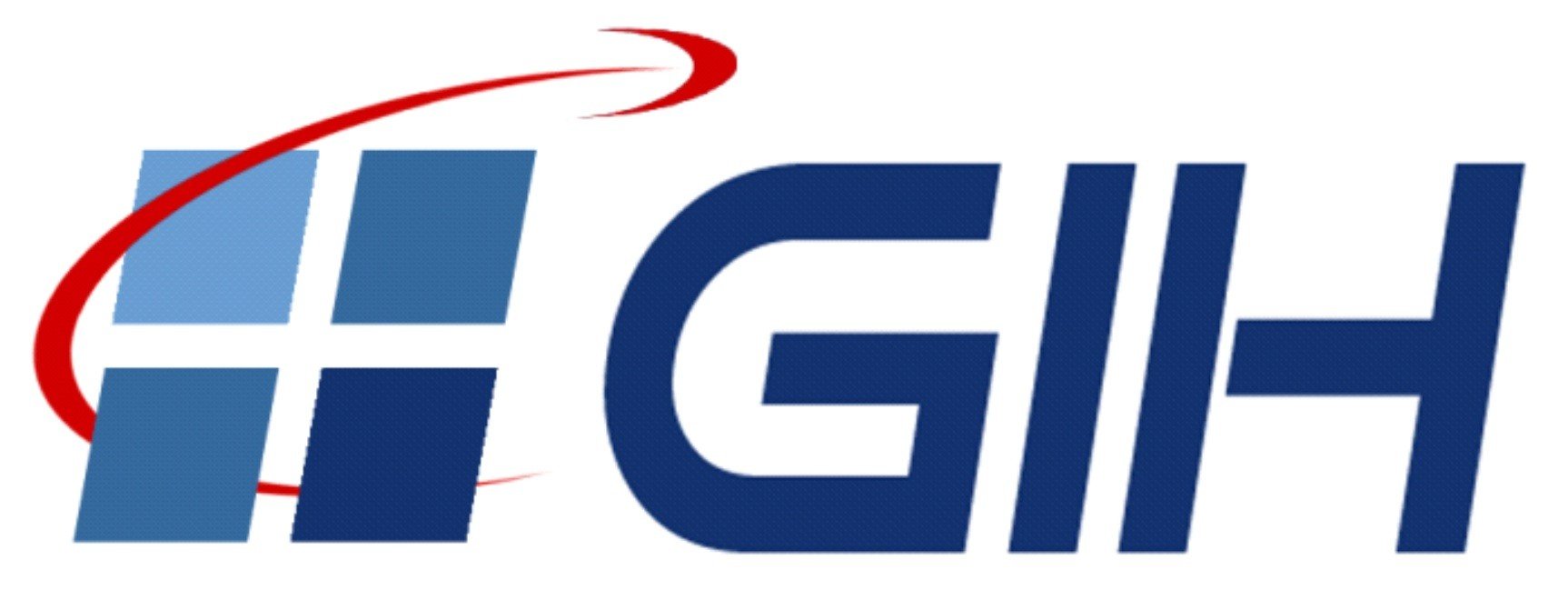Quality assessment of low-cost laser scanners in outdoor applications
 © GIH
© GIH
| Betreuung: | Dominik Ernst, Franziska Altemeier, Sören Vogel |
| Bearbeitung: | Piravinth Srithar, Jalil Ahmend Baloch, Jan Ole Böllert,Nithin Venugopal |
| Jahr: | 2022 |
| Laufzeit: | Wintersemester 2021/2022 |
| Ist abgeschlossen: | ja |
Laser scanning systems are widespread in different fields of engineering and are also used in many geodetic applications. Based on the spatial detection of the environment in a short time, a fast three-dimensional representation of complex objects is possible. Especially in kinematic systems, the perception of large areas is feasible in an efficient way. Due to these characteristics, terrestrial laser scanning applies often in modern applications, like mobile mapping systems and nowadays in self-driving cars. To interpret the measured laser scanning data in such applications, the collected point cloud has to be referenced. Therefore, and also for further quality benefits, the laser scanners are often connected to other sensors, realized in Multi-Sensor-Systems (MSS). The needed quality of such MSS always depends on the field of application and the task which has to be fulfilled. In the usage of such systems the cost efficiency is getting an important role. In many cases, like for example self-driving cars, it is not necessary to measure with a high-end geodetic laser scanner, because the quality requirement is also fulfilled with a sensor of lower quality. Due to this reason, usage of low-cost laser scanners in such systems is constantly increasing.
Due to the fact, that in MSS the perception of the environment is often accomplished by using low-cost laser scanners, a quality analysis of such sensors becomes an important role. Especially in autonomous systems, like self-driving cars, the integrity of the system gets very important, because the trustworthiness in new conditions has to be given. This integrity of systems, which was a focus in this project, is directly connected to the quality of the measured data. The current research establishes a connection between the deviation of the measurement and different influencing variables to assure the quality of the measured data. Supporting this approach, the main goal of this project was the analysis of influencing factors within typical outdoor environments. Therefore, several measurements were performed with a Velodyne VLP-16 laser scanner with respect to different surfaces (material, structure, color) of building facades (e.g. bricks, exposed aggregate concrete, reflective and overgrown surfaces) with static measurements. The resulting point clouds were compared with the point clouds of a terrestrial laser scanner in the context of backward modeling and evaluated. In addition, the influences due to different target distances and incident angles were investigated with respect to systematic and random effects. The findings were presented to the department in a final presentation and documented in a report, thus providing a contribution to current research questions.






